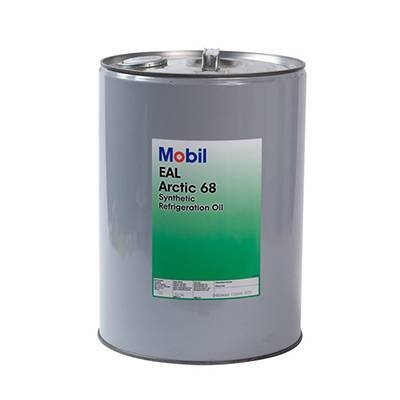Sep . 02, 2024 03:19 Back to list
Hydraulic Cylinder Check Valve | Reliable Performance & Durability
Understanding Hydraulic Cylinder Check Valves
Hydraulic systems are crucial in various industrial and automotive applications, providing the necessary force and movement for machinery to operate effectively. One critical component in these systems is the check valve, specifically designed for hydraulic cylinders. This article will explore the function, types, and benefits of hydraulic cylinder check valves.
What is a Hydraulic Cylinder Check Valve?
A hydraulic cylinder check valve is a one-way valve designed to allow fluid to flow in one direction only. In hydraulic systems, these valves ensure that fluid can travel from the pump to the actuator or hydraulic cylinder while preventing backflow. By maintaining the flow direction, check valves help maintain the system's efficiency and stability.
How Does It Work?
The operation of a hydraulic cylinder check valve is relatively simple. When hydraulic fluid flows in the desired direction, the valve opens, allowing the fluid to pass through. However, if there is a reverse flow or drop in pressure, the valve closes, effectively blocking the backward movement of fluid. This mechanism is essential in applications where backflow could cause damage or lead to system failure.
Types of Check Valves
Hydraulic cylinder check valves come in various types, each suited for different applications
. The most common types include1. Ball Check Valves These utilize a ball that moves up and down in a tapered seat. When fluid flows in the right direction, the ball is pushed away from the seat, allowing flow. If there is backflow, the ball is forced back into the seat, sealing the valve.
2. Disc Check Valves These feature a hinged disc that opens with forward flow and closes with reverse flow. The design allows for minimal pressure drops and is suitable for high-flow applications.
hydraulic cylinder check valve

3. Spring Check Valves In these valves, a spring holds the valve closed until the pressure of the fluid exceeds a predetermined level. When this occurs, the valve opens, directing the fluid. The spring then closes the valve when the pressure drops.
Benefits of Hydraulic Cylinder Check Valves
The primary advantages of using hydraulic cylinder check valves include
- Prevention of Backflow By blocking reverse flow, check valves protect hydraulic components from potential damage and ensure the reliability of the system.
- Enhanced System Efficiency Check valves help maintain optimal fluid flow, reducing the energy required to operate the system.
- Improved Safety In applications where the sudden loss of pressure could create hazardous situations, check valves provide an essential safety measure.
- Durability Most check valves are built to withstand the rigors of hydraulic systems, offering long-lasting performance with minimal maintenance.
Conclusion
In summary, hydraulic cylinder check valves are vital components in maintaining the integrity and efficiency of hydraulic systems. By preventing backflow and ensuring proper fluid flow, these valves contribute to the overall performance and safety of machinery. Understanding the types and functions of check valves can help engineers and operators make informed decisions, optimizing their hydraulic systems for better performance and longevity.
-
Thread Plug Gauge Our Promise of Measurement ExcellenceNewsAug.22,2025
-
Gauge Pin Class Reflecting Quality LegacyNewsAug.22,2025
-
Check Valve Types for High Rise BuildingsNewsAug.22,2025
-
Water Control Valve for Irrigation SystemsNewsAug.22,2025
-
Gate Valve with Soft Seal TechnologyNewsAug.22,2025
-
Y Type Strainer for Oil and Gas ApplicationsNewsAug.22,2025
Related PRODUCTS









